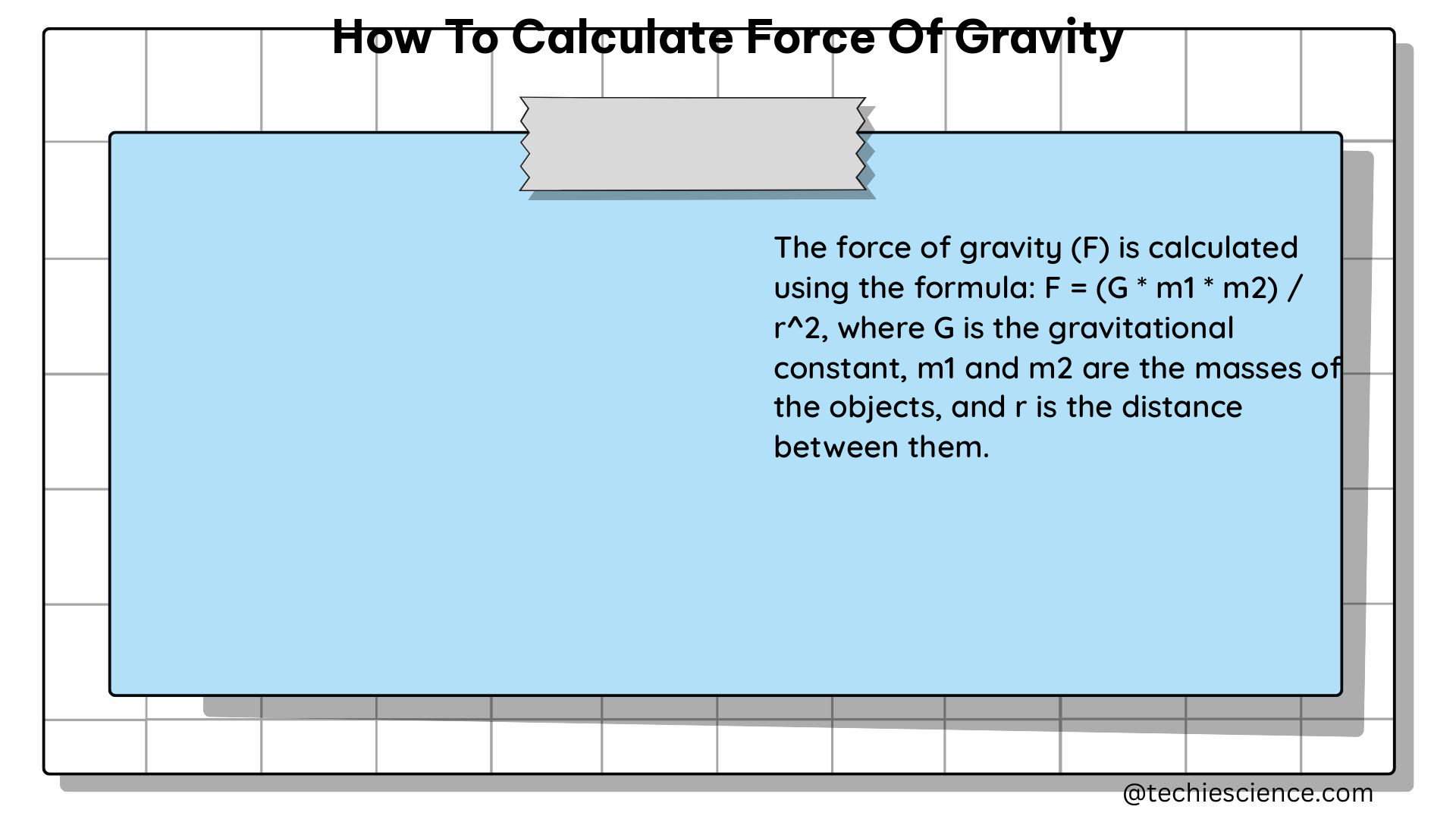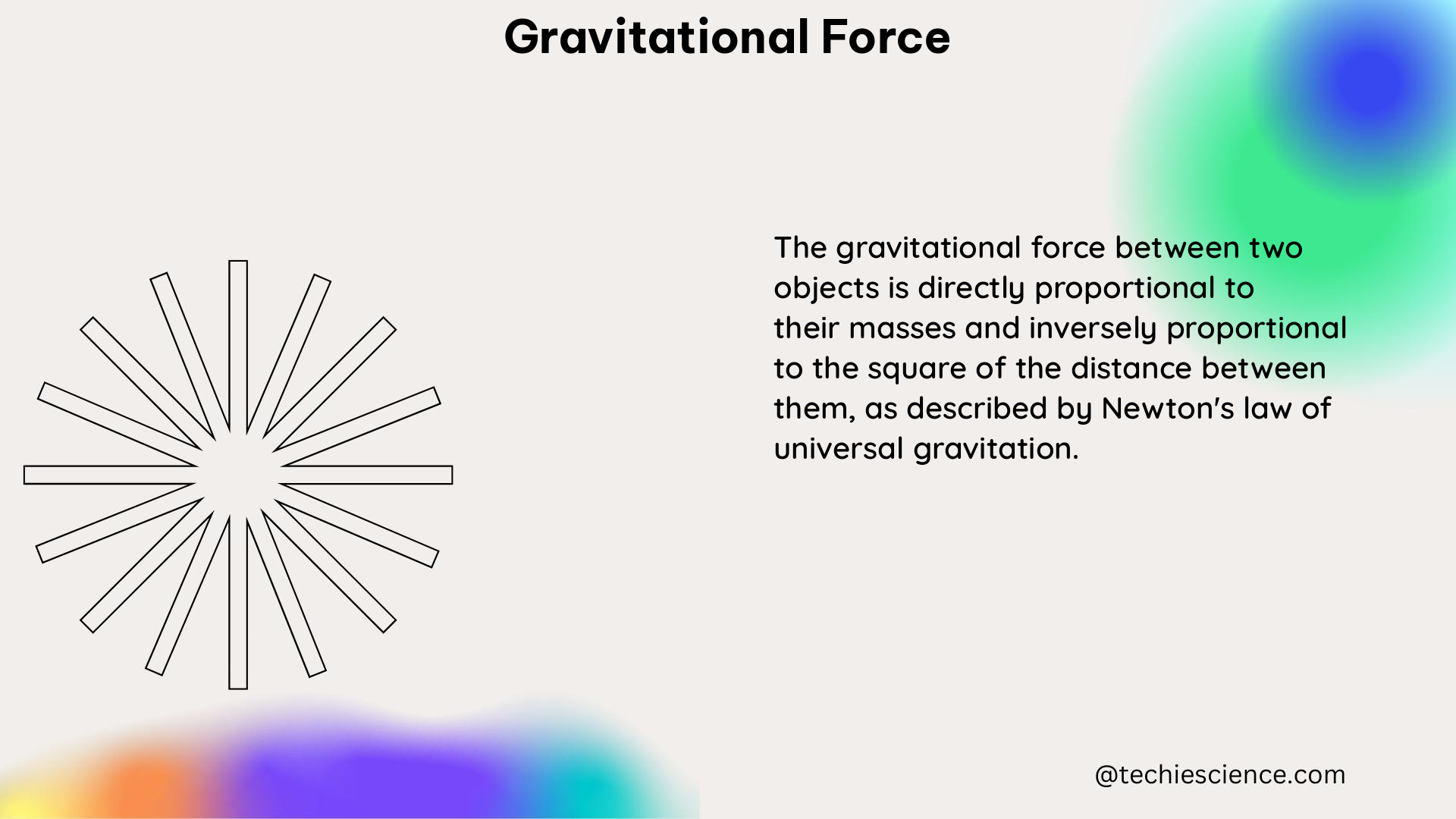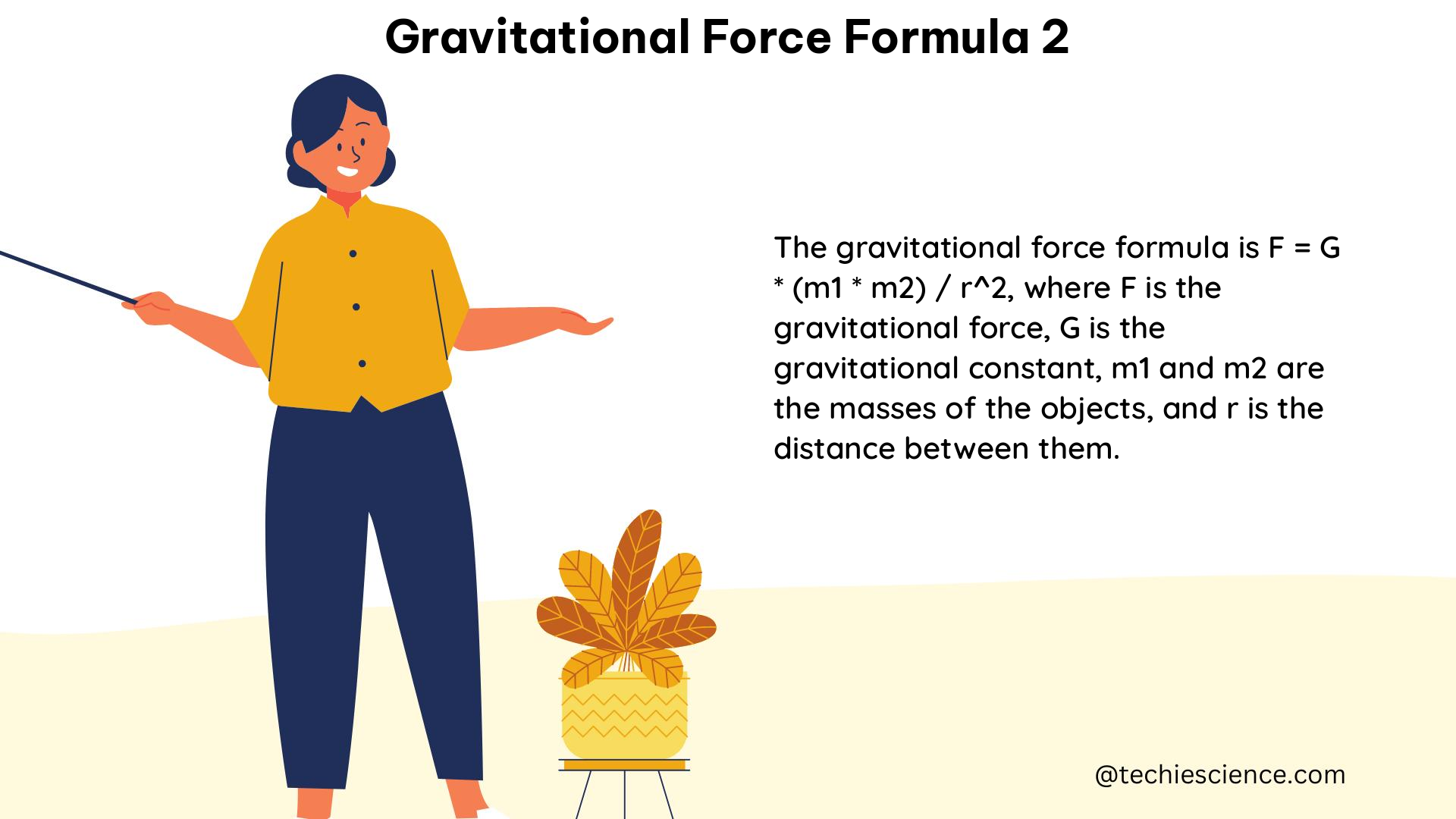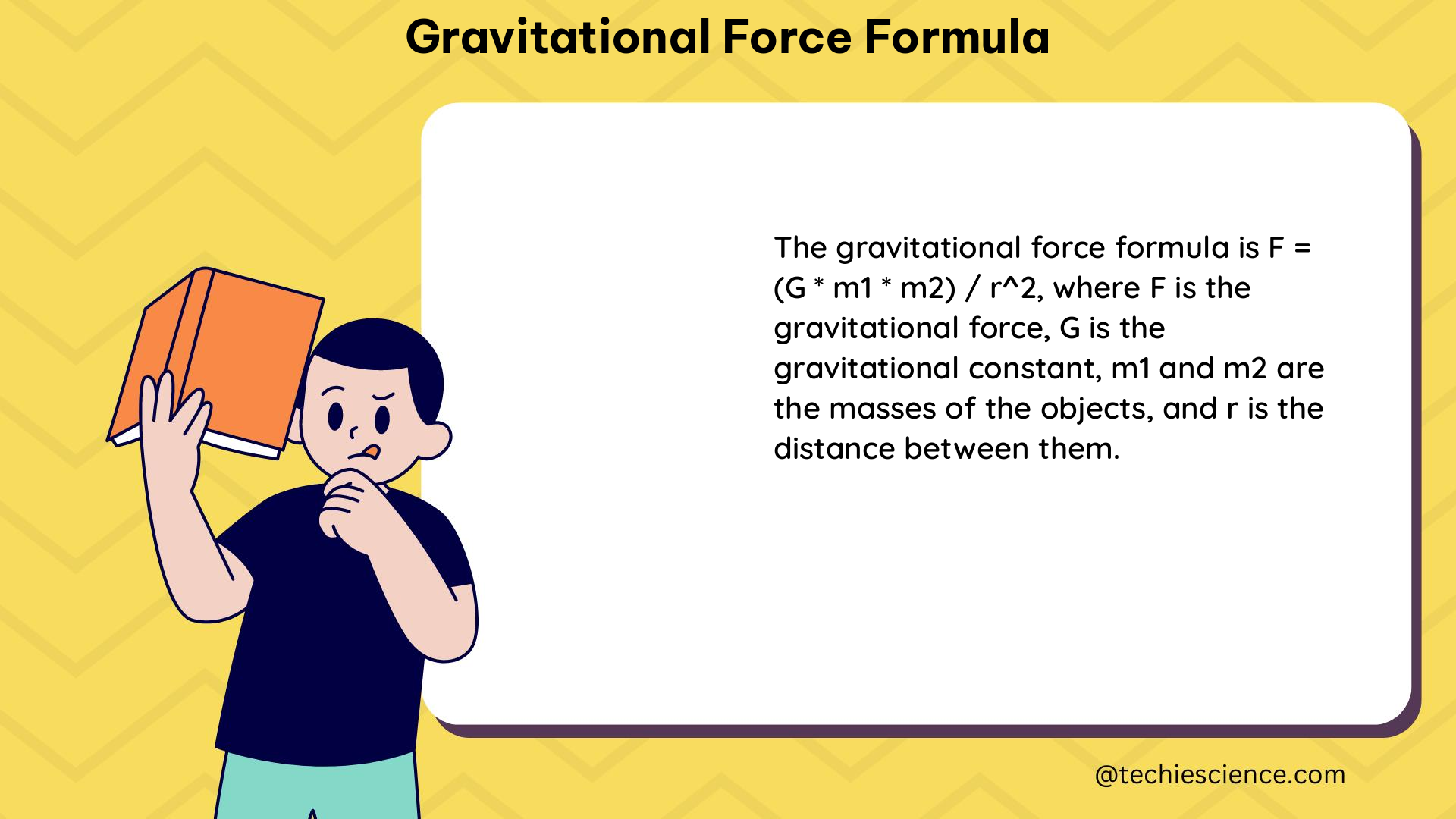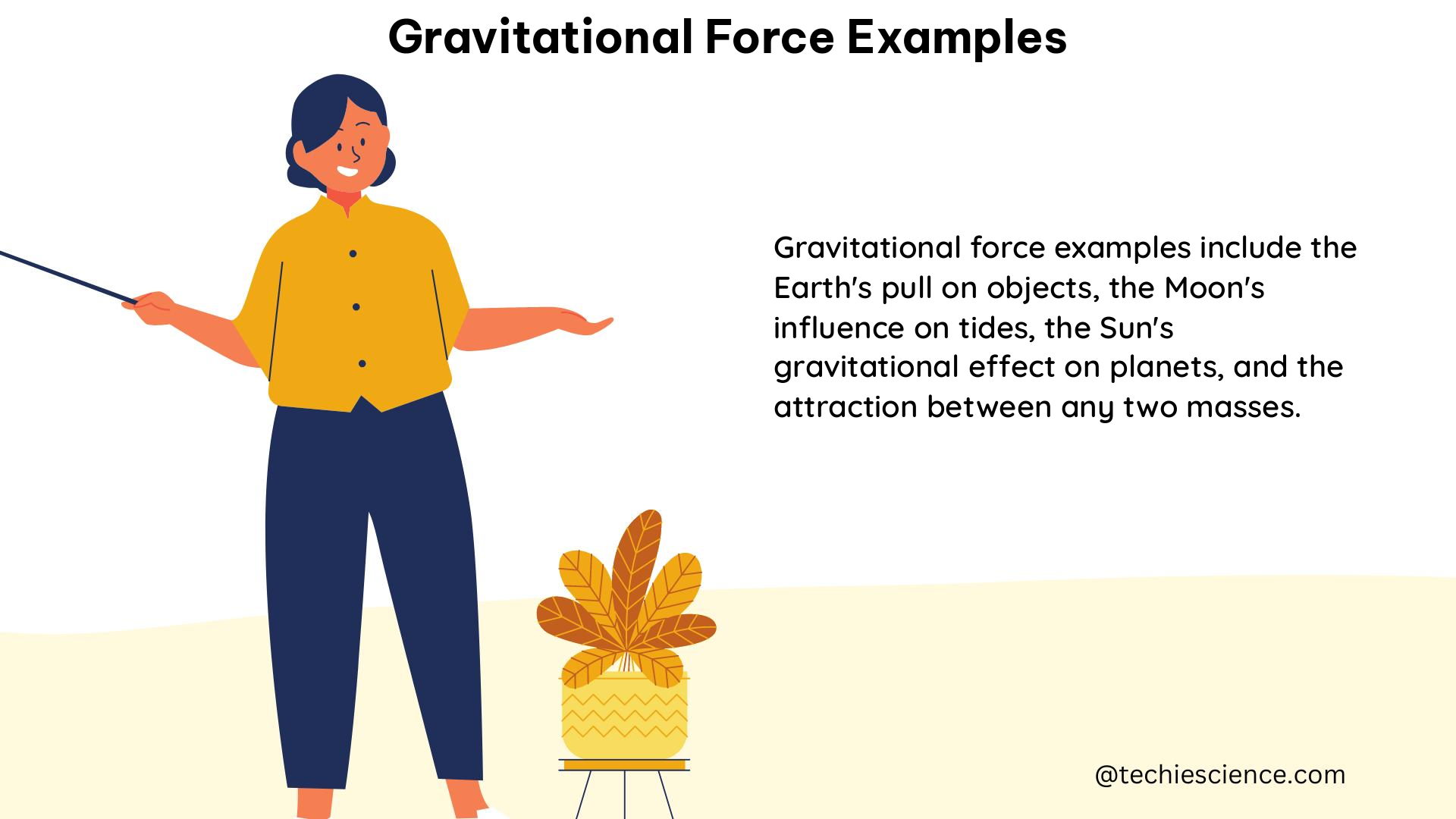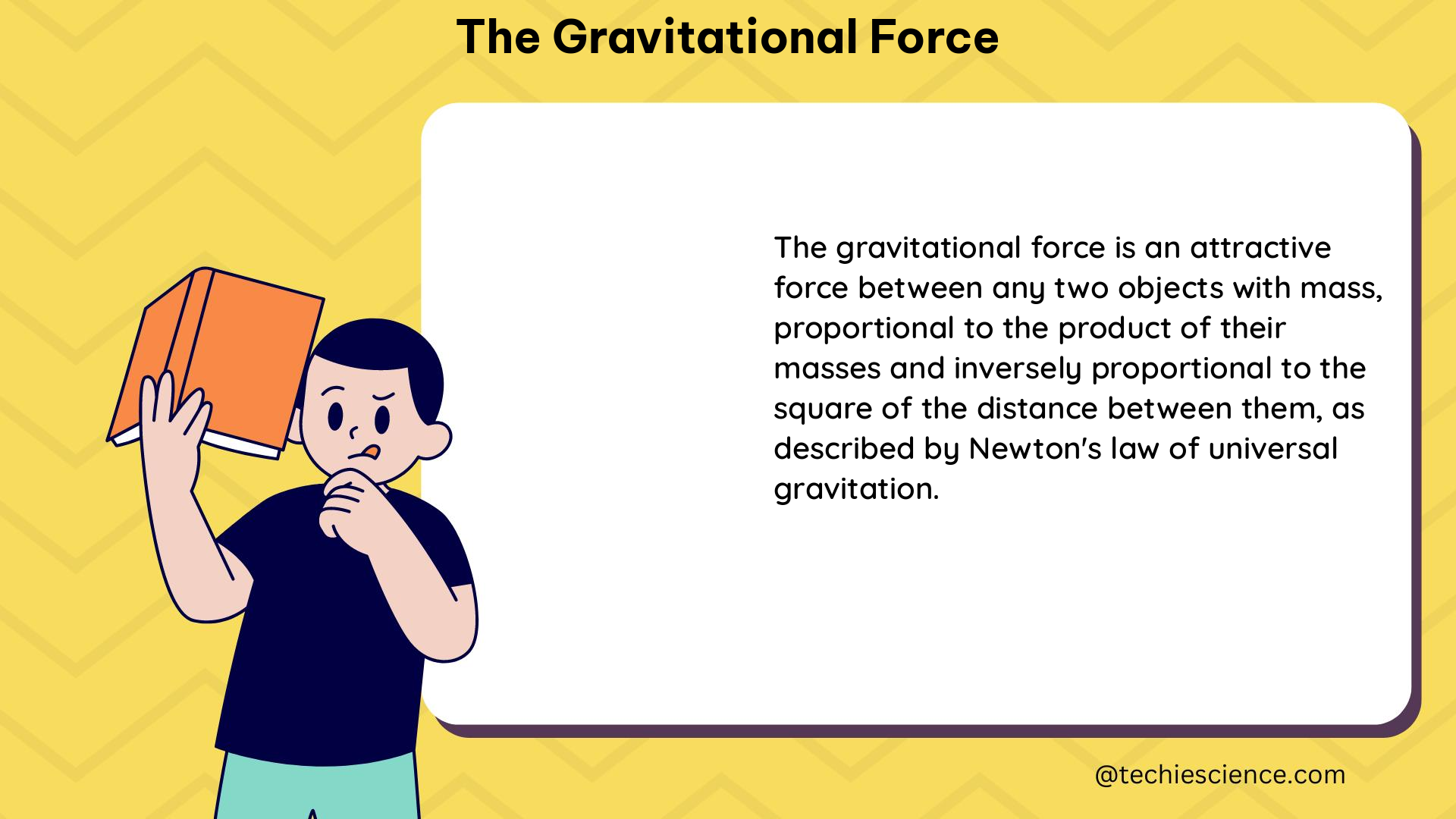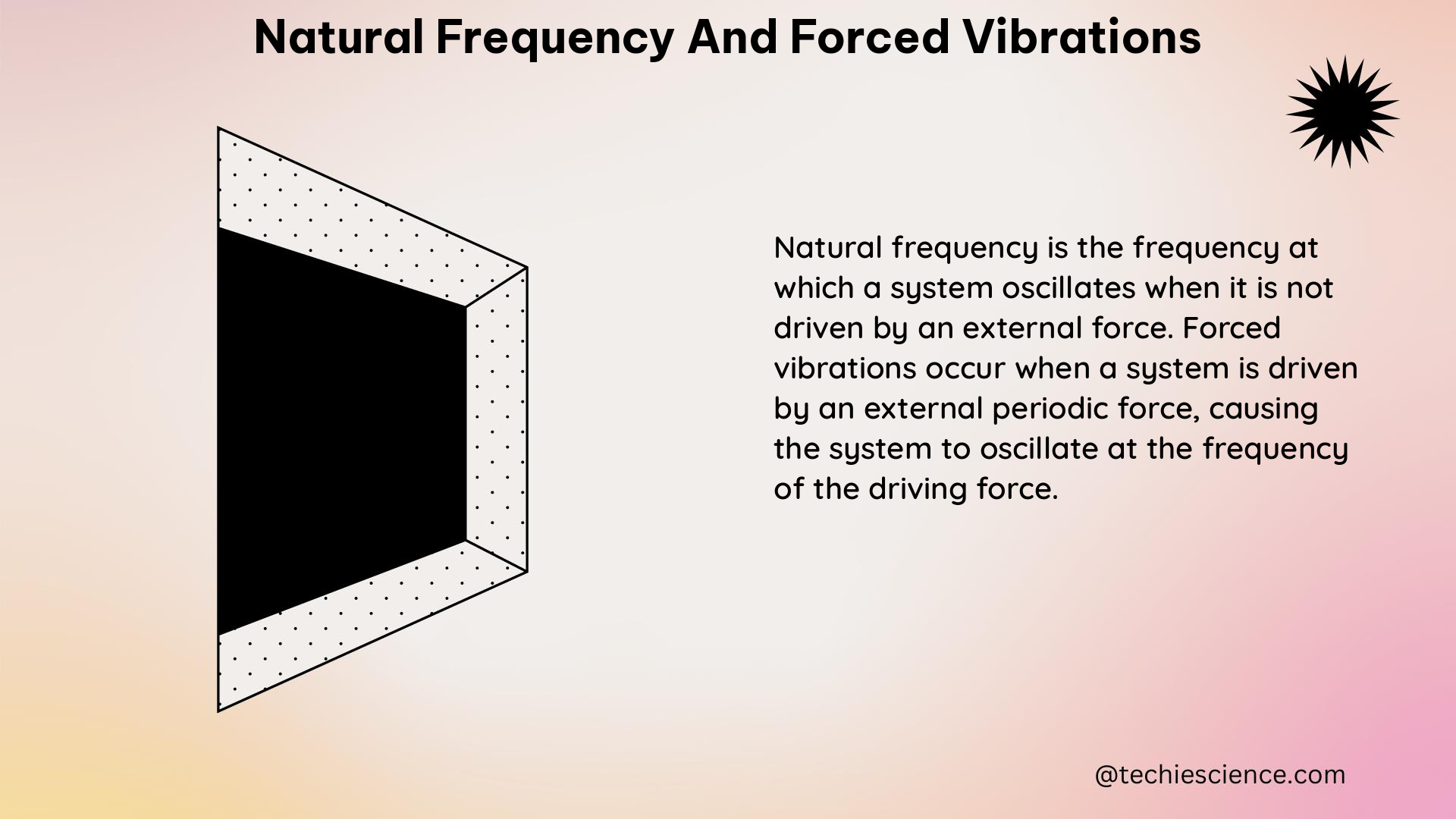The example of net force describes an object’s acceleration when different forces act. The article discusses about the various example of the net force listed below:
Read more about Net Force Vs Force
Pushing Cupboard
It is challenging for one person to push the heavy cupboard forward. Suppose you and your friends A and B are together pushing the cupboard from the same direction. Force applied by you is 5N, and your friend A and B apply the force of 6N and 5N, respectively.
Adding all the forces 5 + 6 + 5 = 16N, displaying that the net force of 16N accelerates the heavy cupboard forward.

in Same Direction

Falling Ball
Suppose when we toss a ball in the sky, we apply the muscular force of 20N to it, which accelerates the ball upward with increasing velocity. When the air drag or air resistance force of -25N overcomes the muscular force, the ball reverses its direction and moves downward with different acceleration.
To determine the falling balls acceleration and direction, adding both forces, 20 + (-25) = -5N, displaying that the net force of -5N accelerates the ball downwards towards the ground.

Read more about Types of Forces
Stationary Rock
An object having mass stays at rest unless any applied force acts upon it. So when we are not pushing or pulling the stable rock, is there no force acting? Or is the net force on stationary rock zero?
Whether an object is in motion or at rest or moving in the air or the ground, one force always acts on it. i.e., gravity force. When any object moves or rests on the horizontal surface, the surface exerts the normal force upward on an object.
Suppose the rock is at rest on the ground or hill surface; the normal force of 15N acts upward on the rock opposite to the gravity force of -20N. Adding up all the pair of vertical forces 15 + (-20) = -5N, displaying the net force of -5N trying to accelerate the rock down on the ground.
Read more about Gravity Force.
Pushing Toy Car
Pushing is one type of applied force. Suppose a child drives the toy car on the horizontal floor by applying a push force of 10N and the floor surface also exerts the sliding friction force of -6N, which resists the car’s motion.

The gravity force of -5N acts downward on the toy car. The normal force of 5N exerted upward by the floor surface on the car is opposite to the gravity. Since the pair of vertical forces such as gravity and normal force acting on the toy have equal magnitude and opposite directions, both cancel each other.
Adding up a pair of horizontal forces to a car, such as applied and friction force, 10 + (-6) = 4N, displays that the net force of 4N accelerates the toy car forward.
Read more about Sliding Friction
Walking
We apply push force on the ground surface while walking or running. Suppose for push force of 8N; the ground surface exerts sliding friction force of -5N, which prevents us from slipping on the ground while walking.
There are vertical forces such as gravity force of -6N, and normal force of 5N always acts on us while walking. Adding up all the horizontal and vertical forces (8 + (-5) + 5 + (-6) = 3-1= 2N, displaying that the net force of 2N accelerates us forward when we walk.

Playing Golf
Suppose when you strike the golf ball with a golf club or stick, you apply the muscular force of 12N to it. The strike ball first drives in the air rapidly where an air resistance force of -6N lowers its motion. Once its velocity decreases, it falls on the ground.
Since the ball additionally slides across the ground after falling, it employs the rolling friction force of -2N parallel to the ball, which annihilates its rolling motion. A pair of vertical forces, such as gravity force of -2N and normal force of 2N, act on the golf ball, canceling each other.

(credit: shutterstock)
Hence, adding up all the remaining forces, 12 + (-6) + (-2) = 4N, displays that the net force of 4N accelerates the golf ball forward.
Read more about Rolling Friction.
Tug of War
The tug of war game is based on who will apply more force than others. Suppose team A applies a muscular force of 20 N on the rope, whereas team B is applying a muscular force of 15N.
The rope also exerts a tension force of -10N to both ends to prevent it from breaking.
Adding up all the force acting on the rope, [(20+ (-10)) + (15+(-10)] = 15N, displaying that net force 15N accelerating the rope towards the team A.
Read more about Tension Force.
Bungee Jumping
The attached cord during bungee jumping prevents us from casualty and delivers us an exhilarating experience as it bounces back.
Suppose you jump from a height. So the gravity force of -10N acts downward to you. Then just a certain distance before the ground, the rope pulls you upward by applying an elastic force of 8N. After pulling upward to a specific height, the air resistance force of -8N again takes you downwards along with the rope.
Adding up all these vertical forces, (-10) + 8 + (-8) = -10N, displays that the net force of -10N accelerates you downwards towards the ground.
Read more about Elastic Force.
Swimming
When you began swimming, have you wondered how many forces act on you, accelerating you forward in the water instead of drowning? Suppose we apply the muscular force of 10N as a thrust on the water to move forward.
The fluid layers of water exert the fluid friction force of -5N as a reaction force to resist our motion in water. But these two forces are not enough for us to swim. A pair of vertical forces also act on us while swimming. The gravity force of -10N acts downward, whereas fluid layers exert the upthrust or buyout force of 8N, because of which we can swim on or inside the water.
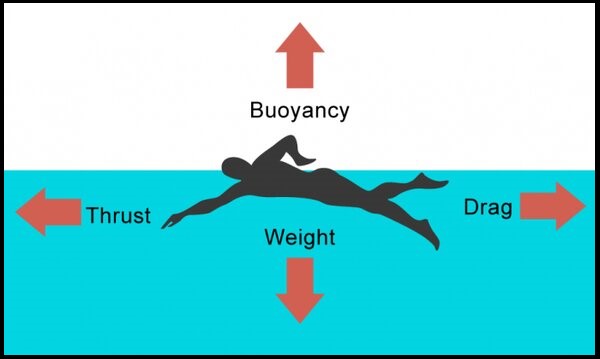
(credit: Biomechanics Tutorial)
Adding up all the forces, 10 + (-5) + 8 + (-10) = 5 + -2 = 3N, displaying that the net of 3N accelerates us forward during the swimming.
Airplane
Like swimming, four different forces act on the airplane from four different directions, accelerating it to move safely in the air. Suppose the airplane employs a thrust of 50N to fly forward in the air, whereas the air employs the air resistance force of -30N to the airplane.
A pair of vertical forces involves the gravity force of -40N downward and a lift force, a mechanical aerodynamic force of 35N exerted by the airplane’s motion through the air, which counterpart the gravity force.
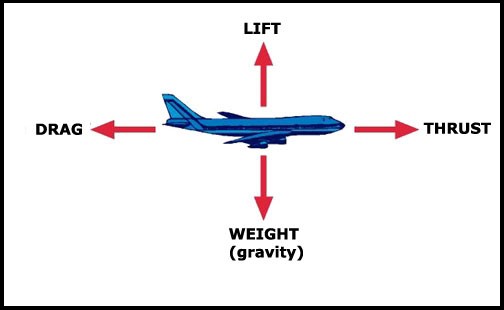
(credit: UScentennial)
Adding up all four forces, 50 + (-30) + 35 + (-40) = 20 -5 = 15N, displaying that the net of 15N accelerates the plane to move forward.
Spring
When we compress or stretch the spring from its equilibrium position, it regains its initial position once we release it. Suppose we apply a force of 20N on the spring by stretching it by the attached ball.
In reaction, the spring exerts the opposite force of -22N, restoring its original position. Adding up both action and reaction forces, 20 + (-22) = -2N, displaying that the net force of -2N accelerates the spring backward.

Read more about Simple Harmonic Motion.
Long Jump
To complete the long jump activities, you demand several forces first to accelerate and then deaccelerate yourself. Before the jump, you need to run a specific distance to get momentum. Suppose you apply the muscular push force of 8N on the ground surface, whereas the ground exerts the sliding friction of -2N to you.
At the jump point, you again apply a more muscular force of 10N upward on the ground. After taking a jump, the air resistance force of -5N and the gravity force of -6N are exerted on you, accelerating you downward. After finishing the jump, you again apply a muscular push force of 5N to slide on the floor when you reach the ground. That is when the ground exerts more sliding friction 10N, which stops your motion gradually.

(credit: shutterstock)
Modified Statement:
To calculate the total net force exerted during a complete long jump activity, we sum the forces of each phase of the jump: ([8 + (-2)] + [10 + (-5) + (-6)] + [5 + (-6)] = 6 – 1 – 1 = 4N). This calculation shows that a net force of 4N acts to accelerate us forward during the jump.
Carrying Bag
When you walk on the floor along with carrying your heavy bag on your back, the bag and your body experience different net forces.
Suppose you are applying a push force of 10N on the ground floor on which the friction force of -5N is exerted. Since you are walking on the floor, the exerted gravity force of -5N and the normal force of 5N cancel each other. Hence, adding up a pair of horizontal forces, 15 + (-5) = 10N, indicates that the net force of 10N accelerates you to move forward.
To carry the heavy bag, you balance the gravity force of -5N to the bag by applying a muscular force of 10N. Hence, the net force of 5N acts on the bag that accelerates it forward along with you.
When we talk about net force acting on you who is carrying the heavy bag, we add net force on us and the bag as, 10N + 5 = 15N. We learned that it needed a big net force to walk with bearing any weight than the net force needed to walk.
Charged Balloon
Suppose we charged the balloon and plastic stick by rubbing it with animal fur. If we tossed the charged balloon in the air and held the charged plastic stick beneath it, the balloon would not move away from the stick or hover at a certain distance.
Suppose the electric force of 10N between the balloon and stick counterpart to the balloon’s gravity force of -10N.

Since the electric force and gravity force cancel each other, the net force on a charged balloon is zero. That’s because the balloon ties to the stick and does not drive away from it.
Rolling Car on Hill
Suppose the frictionless road is built on the inclined hill. So what will be the force acting on the car of mass 1 kg accelerating downward on such a hill road that is inclined at 30°? When an object moves on a horizontal surface, the object’s gravity force is mg. But when an object moves in the frictionless inclined plane, the gravity force is split into two components.
One gravity force component of mgcosθ¸ perpendicular to moving car cancels the normal force. Therefore, another gravity force component of mgsinθ¸ parallel to the car is the only net force (mgsinθ¸ = 1 x 9.8 x sing30° = 4.9N) that accelerates the car on the frictionless inclined road.
Read More about Inclined Plane
Running Train
It is difficult for the train driver to find different forces acting on the train. But they must comprehend the train’s mass and acceleration rate.
Suppose the train of mass 500 kg is running at 20 m/s, then as per Newton’s second law of motion, the net force acting on the running train Fnet = ma = 500 x 20 = 1000 N.

Read more about How to Calculate Mass from Force.
Also Read:
- Is gravity a conservative force
- Is support force a contact force
- Is gravity an external force
- Electrostatic force and field
- Force on moving charge in magnetic field
- Centripetal force vs centripetal acceleration
- How to find normal force with mass
- Is magnetic flux a magnetic force
- Van der waals force
- Negative electrostatic force
